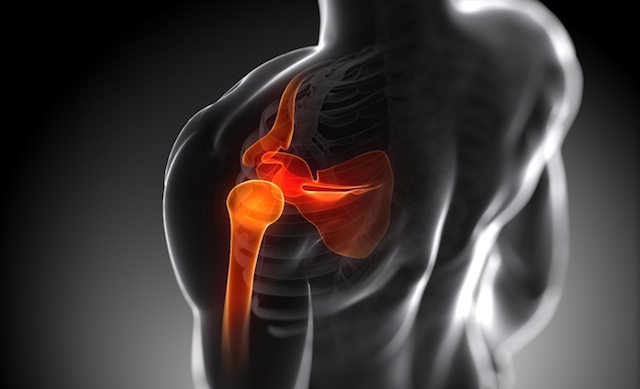
(Image from videosnbc.com)
We live in a fast paced, competitive society where we often don’t have time to even think about prevention. The only consistent health prevention we regularly perform on a daily basis is brushing our teeth. Perhaps it’s because we’ve developed a habit since the age of one, influenced by our parents.
Why couldn’t we have developed a behavior pattern to prevent shoulder pain? Shoulder pain is one of the most common problems among functional fitness/CrossFit® athletes. Think about all of the overhead movements that are performed during a WOD. I’m sure many can relate to the following scenario:
First, way too much time is spent on the internet trying to fix the problem. Then, exercises and movements that cause the pain are avoided. Soon, simple daily living activities are causing the pain. Finally, you seek medical attention about the nagging pain. You are told to rest two weeks. You then painstakingly go through the seven stages of grief.
None of us want to be in that position. So start taking five minutes before your WOD to do these three simple, but fundamental exercises for your shoulders.
Prone Scaption
This exercise will strengthen the lower trapezius and minimize the activation of the upper trapezius so that the shoulder blade will rotate upwards properly and avoid subacromial impingement pain. We do a lot of movements that activate the upper trapezius in CrossFit (think of scarecrow during cleans). As a result our bodies can develop abnormal movement patterns that decrease the activity of the lower trapezius and over activate the upper trapezius.
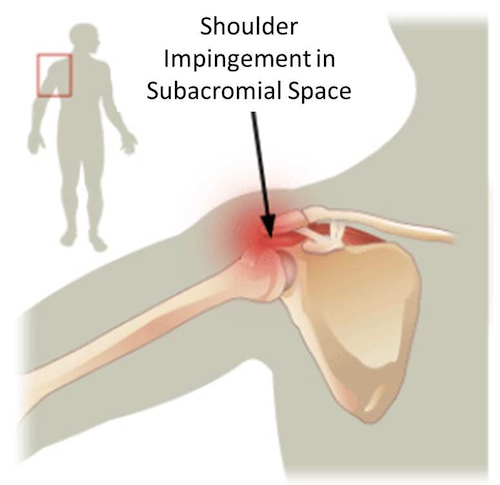
(Image courtesy of www.Physioworks.com.au)
When the upper trapezius takes over, the shoulder blade (scapula) hikes up instead of rotating, thus driving the humeral head into the subacromial space (See image above). So we need to strengthen and improve the neuromuscular control of the lower trapezius to counterbalance the upper trapezius to rotate the scapula normally.
Now that you understand the important role of the lower trapezius, lie flat on your stomach on a table. Do so with your arm hanging straight down on the end of the table with palms facing in. If you don’t have a table, use a bench, or go on your hands and knees.
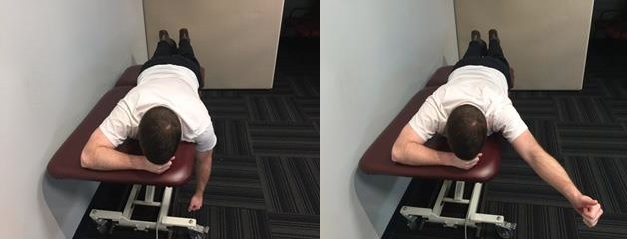
Raise your arm up at a 45 degree angle with your thumb up toward the ceiling. Do not go above shoulder level and avoid swinging your arms. Do about 10-15 reps and 3 reps. When the movement gets easier, use a light dumbbell to increase the intensity. Click here to see a video of the exercise.
External Rotation with Retraction
The two major joints of the shoulder are the scapulothoracic and the glenohumeral joint. The scapulothoraic joint is the shoulder blade (scapula) moving on the upper back (ribs along the thoracic wall), and the glenohumral joint is the head of the humerus on the glenoid fossa of the scapula, creating a joint similar to a golf ball on a tee (see image below).
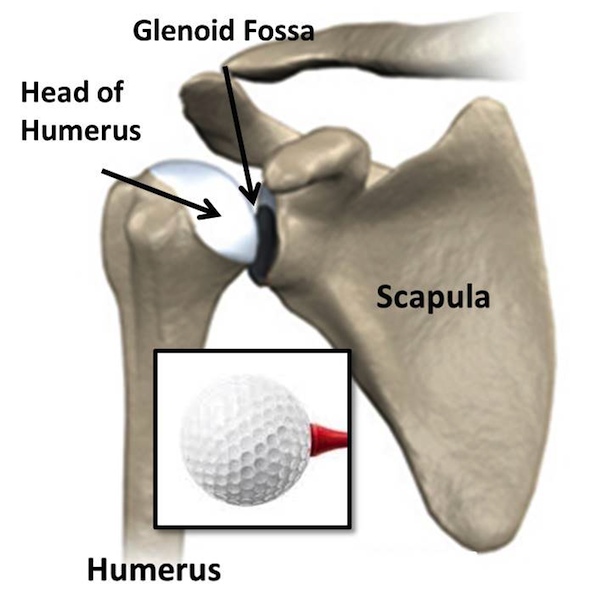 There are four rotator cuffs muscles that actively hold the humeral head onto the glenoid fossa of the scapula and they must work in sync to prevent any linear translation movement which can lead to impingement of the subacromial space. At the same time, the scapula must rotate up on the thoracic wall in order to maintain support for the moving arm.
There are four rotator cuffs muscles that actively hold the humeral head onto the glenoid fossa of the scapula and they must work in sync to prevent any linear translation movement which can lead to impingement of the subacromial space. At the same time, the scapula must rotate up on the thoracic wall in order to maintain support for the moving arm.
All muscles must work in a harmonious manner to maintain dynamic stability of the shoulder blade and to maintain humeral head in a center of rotation.
This is a two part exercise where the first movement will focus on the rhomoboids which will initially set the shoulder blade on the thoracic wall. The second part will work on the supraspinatus, infraspinatus, and teres minor, which are three out of the four rotator cuff muscles that externally rotate the arm bone (humerus). As mentioned earlier, these muscles are crucial for stabilizing the ball and socket joint.
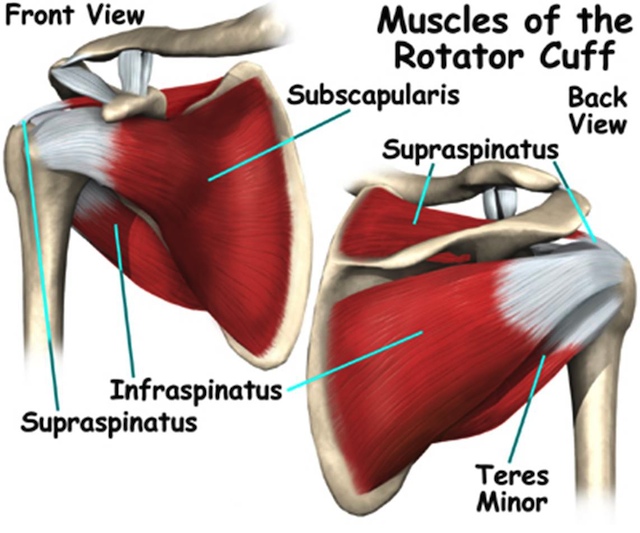
Lie flat on your stomach on the edge of a table with your arm hanging straight down on the end. Do so with your palm facing down towards your feet. If you don’t have a table, use a bench, or go on your hands and knees.
Part one is to bring your elbow up just below the shoulder level while bending the elbow to 90 degrees. Do so while squeezing the shoulder blade to the middle of your back.
Part two is to rotate your hand up towards the ceiling so that your palm faces down towards the floor. De-rotate the arm and repeat. Do not go above shoulder level and avoid swinging your arms. Do about 10-15 reps and 3 reps. Use a light dumbbell to increase the intensity but don’t sacrifice form for increased weight. Click here to see a video of the exercise.
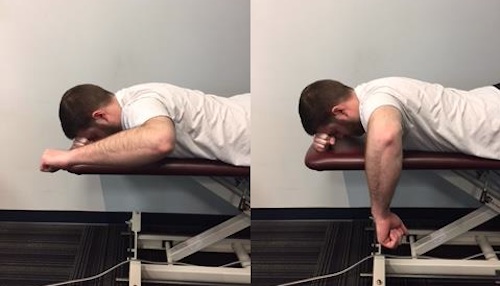
Sleeper Stretch with Lacrosse Ball
A joint capsule of the shoulder is a set of dense and fibrous ligaments that surround and stabilize the ball and socket joint of the shoulder (glenohumeral joint). Many athletes that perform overhead activities develop tightness of the back and lower portion (posterior capsule) in the shoulder joint.
This tightness causes the head of the humerus to move forward. It also causes it to move up towards the subacromial space during an overhead movement. This can then cause impingement and pain.
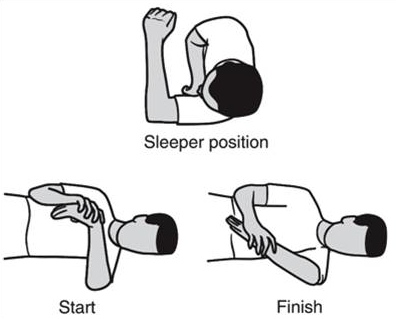
To stretch out the posterior capsule, the best exercise is to stretch and mobilize the tissue at the same time. Lie on your side with your elbow bent at 90 degrees and at shoulder level. Place the lacrosse ball on the back of the shoulder. Pinch your shoulder blade towards the middle.
Using your other hand, apply a gentle pressure on your wrist so that your palm points towards the floor. As you move your arm back and forth, the lacrosse ball will rub and cause discomfort in the back of the shoulder. If you feel pain on the top of the shoulder, it may indicate a sign of impingement. You should avoid this stretch immediately. You can either hold this stretch for 30 seconds, 3 times, or roll it for 30 seconds 3 times.
Starting and maintaining a good, solid strength and conditioning training regime will also help in reducing shoulder issues and help prevent injury.






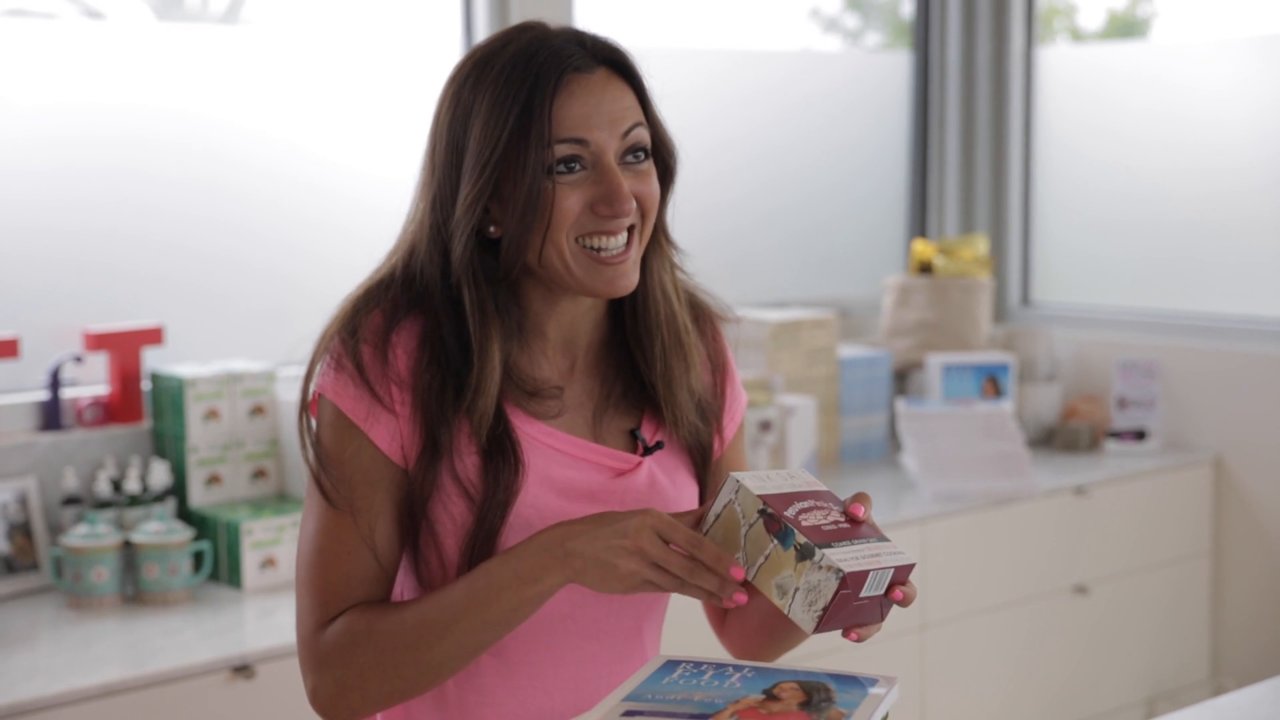
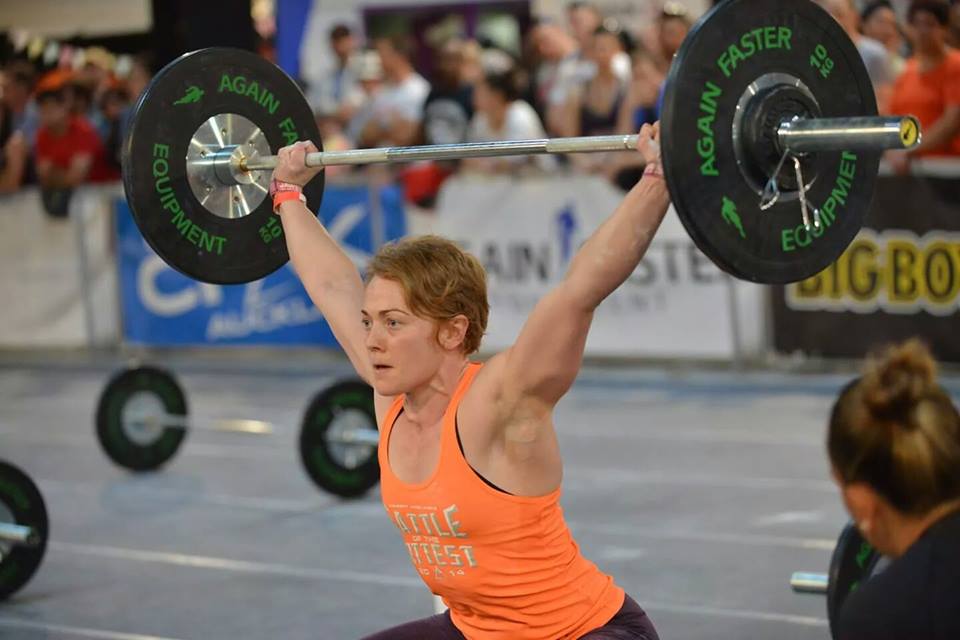

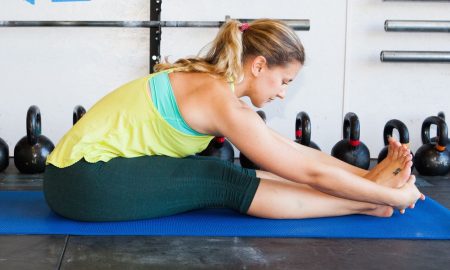
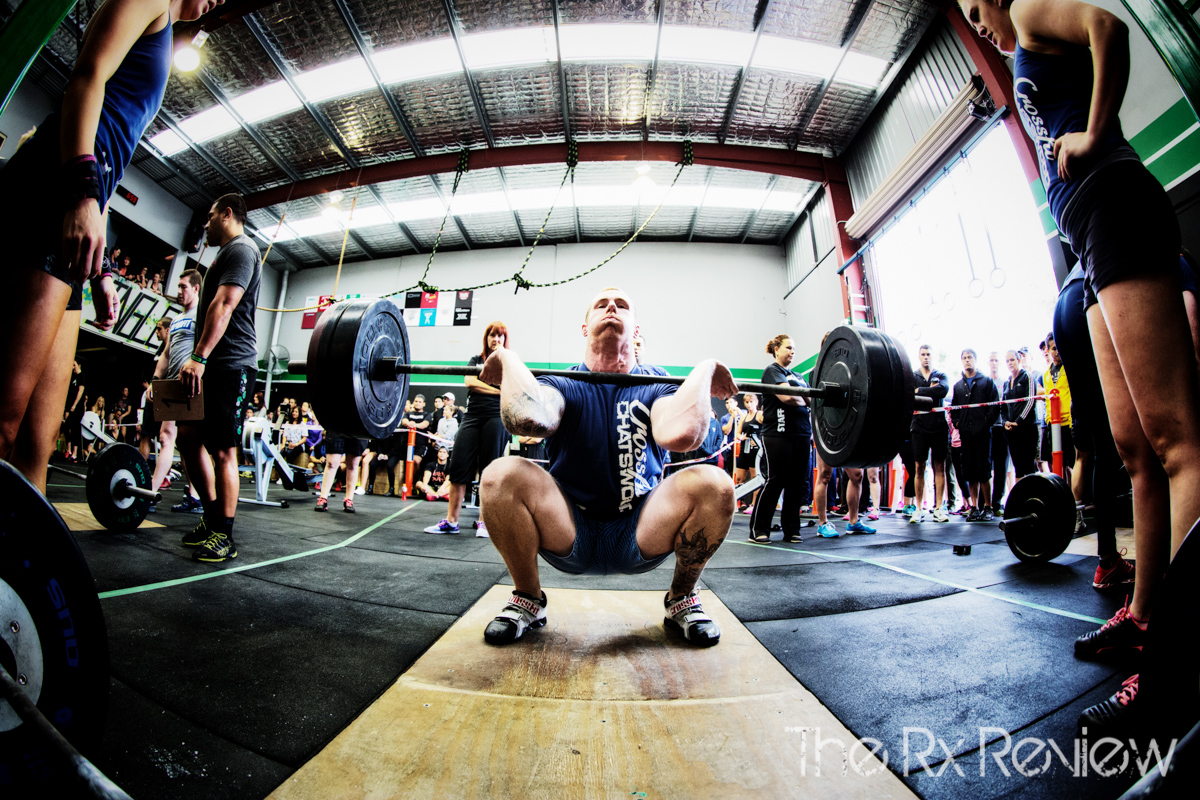


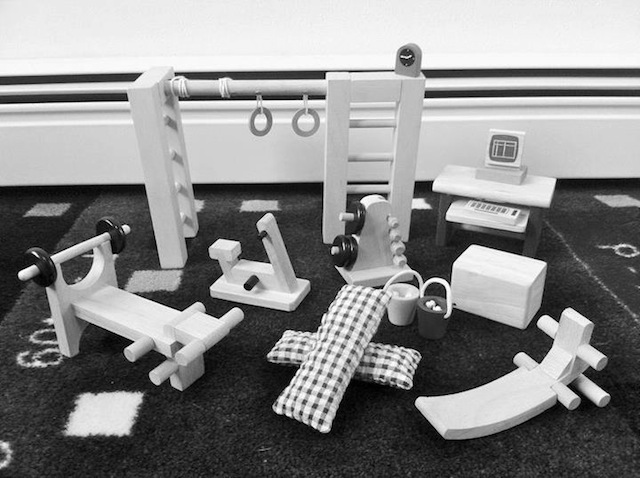

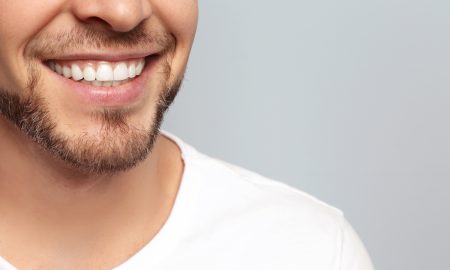
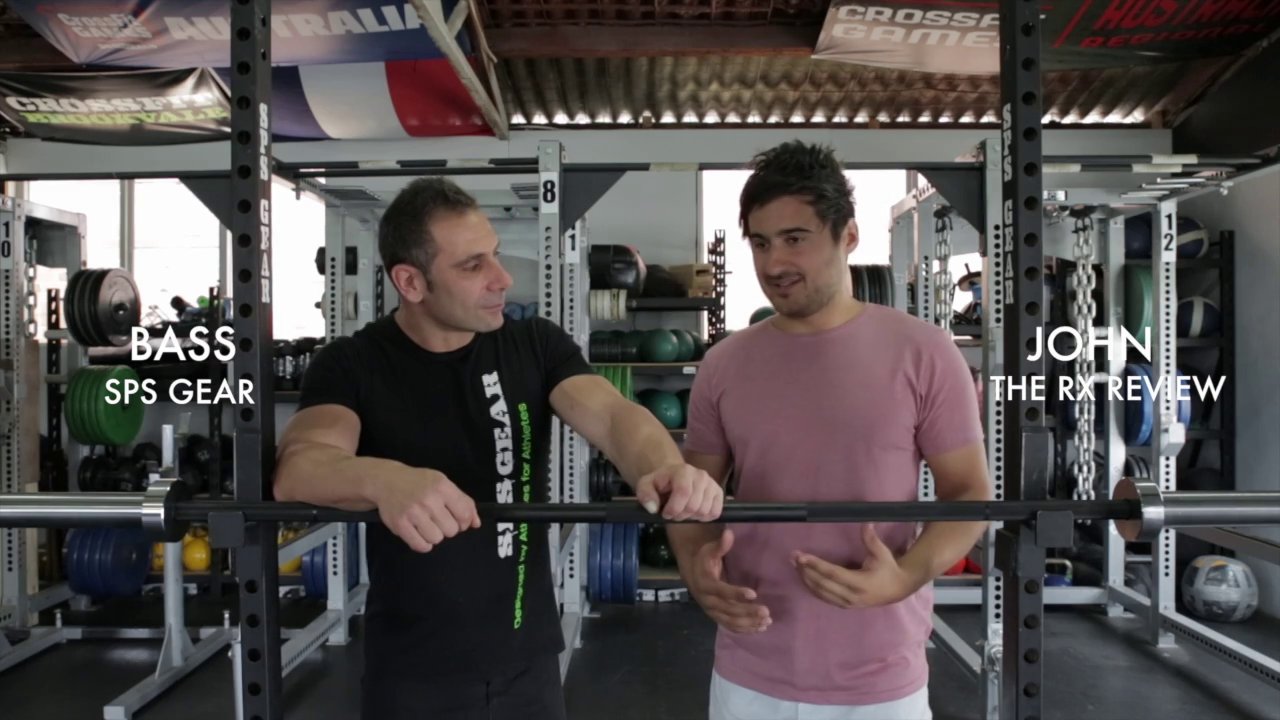
Follow Us